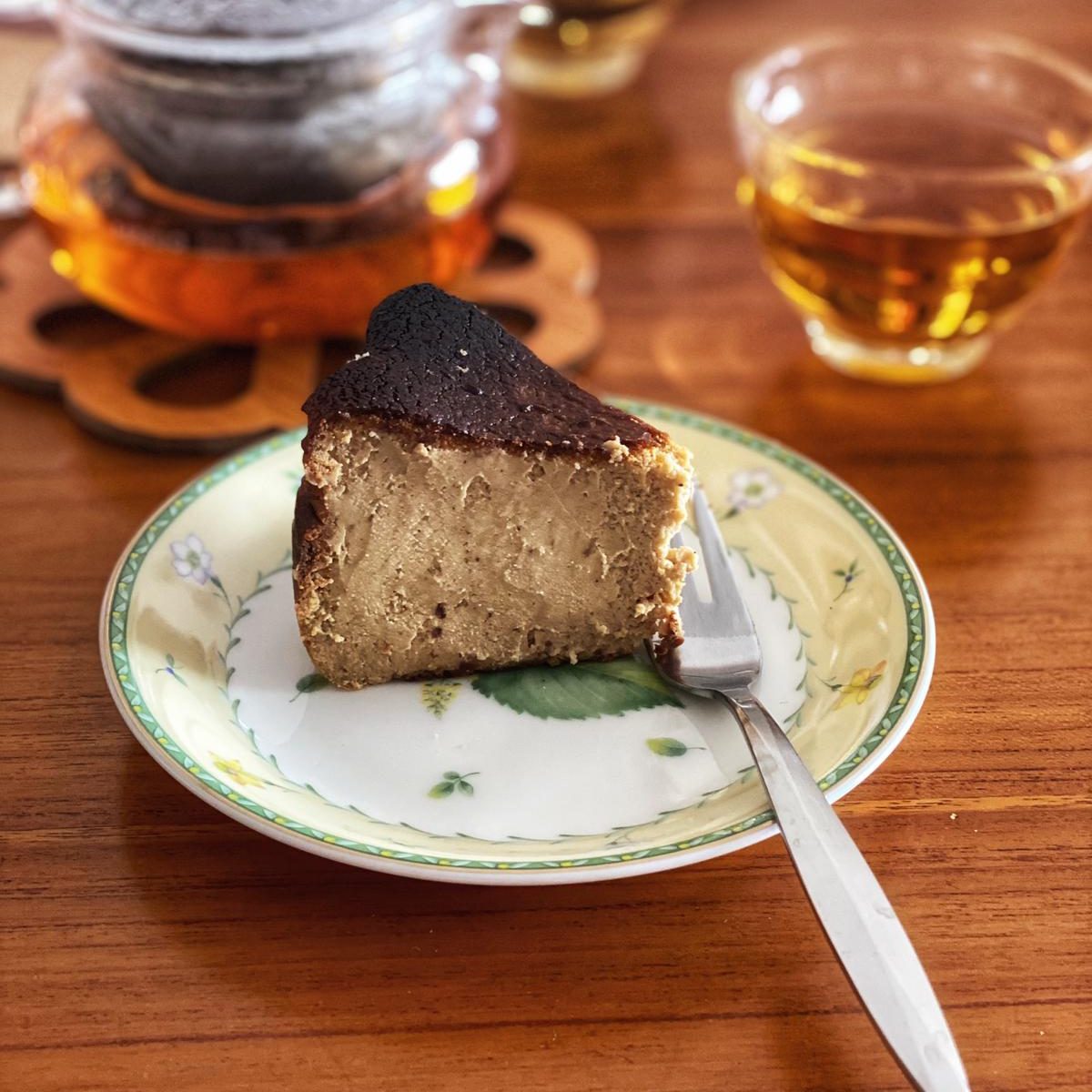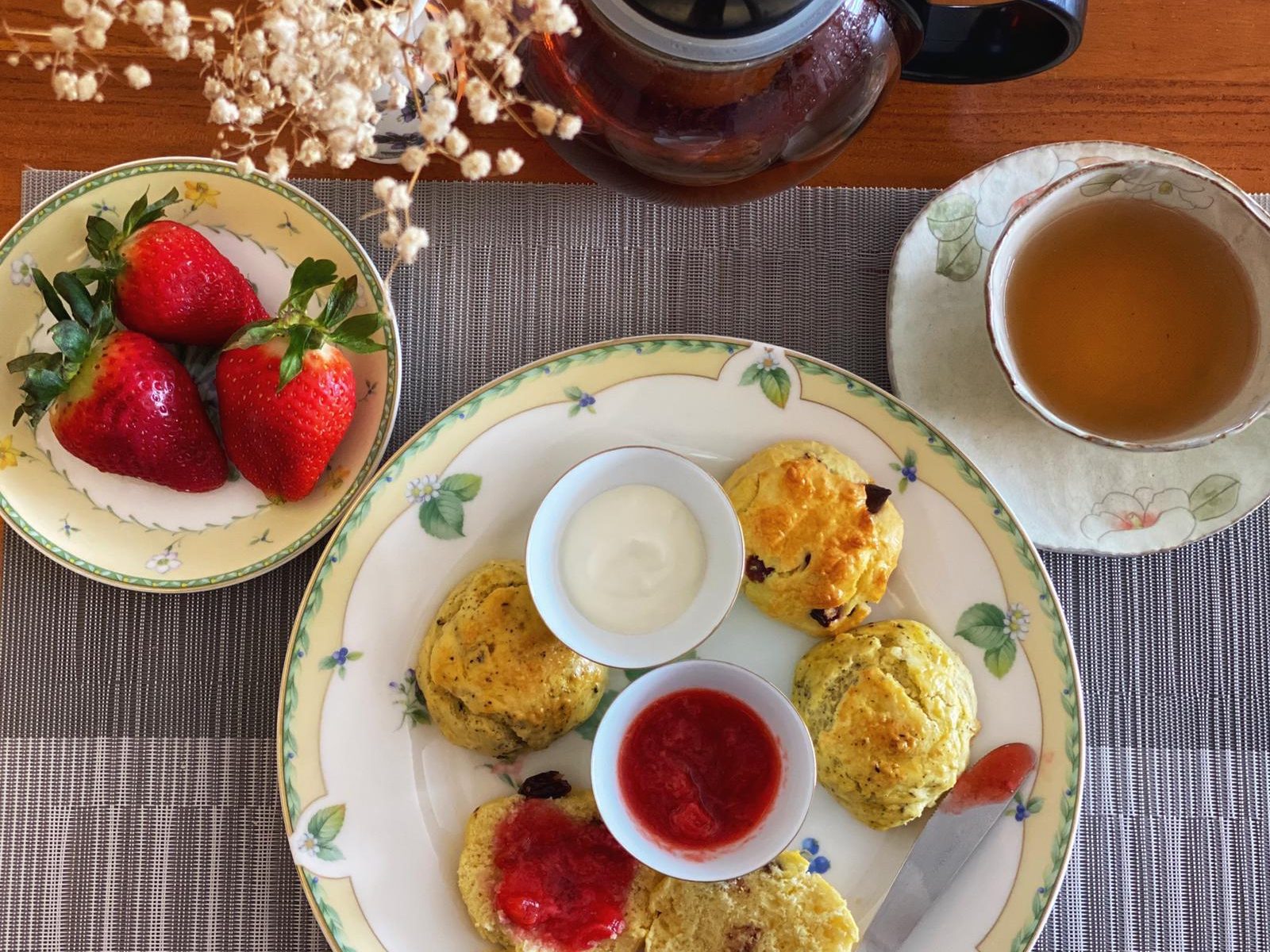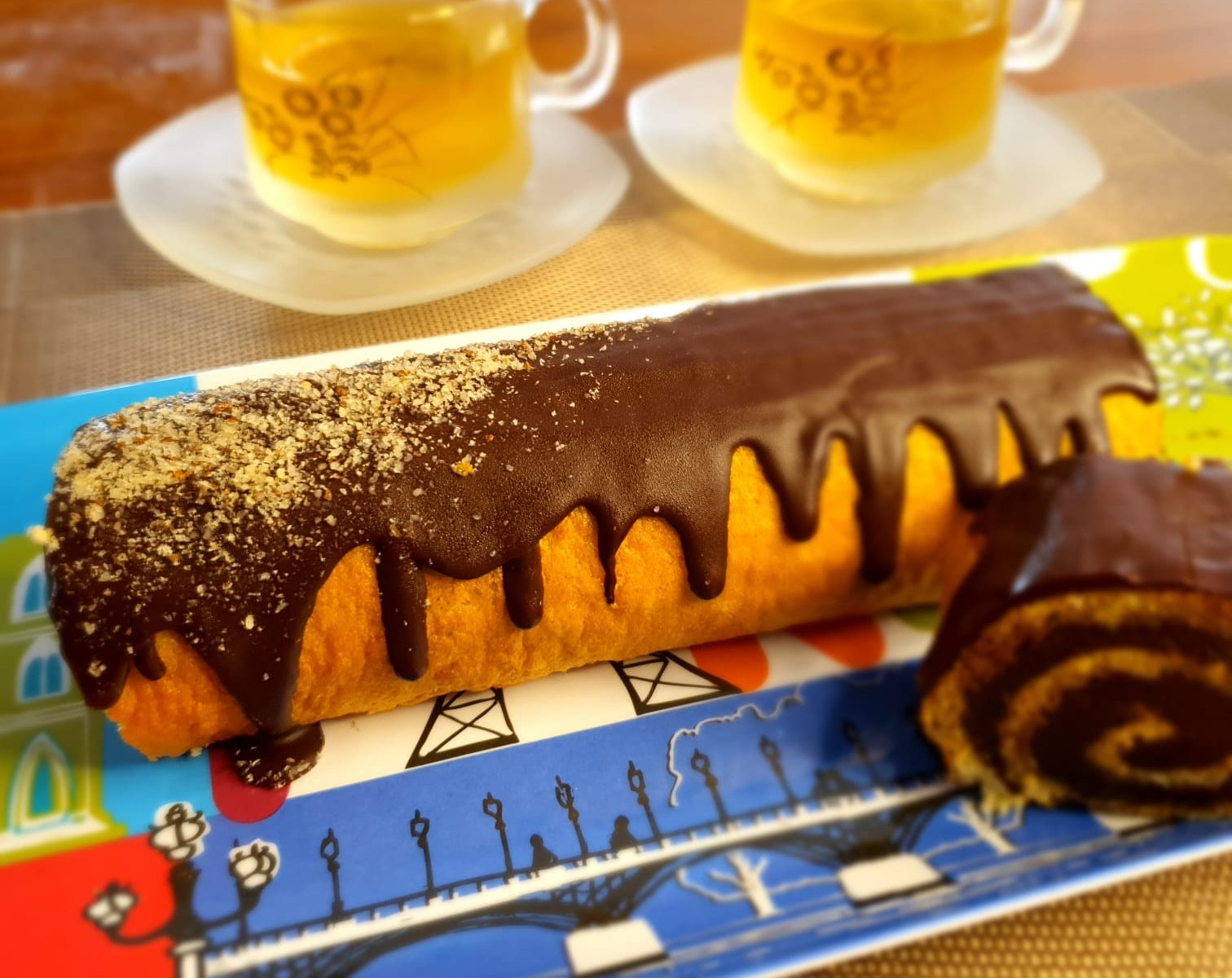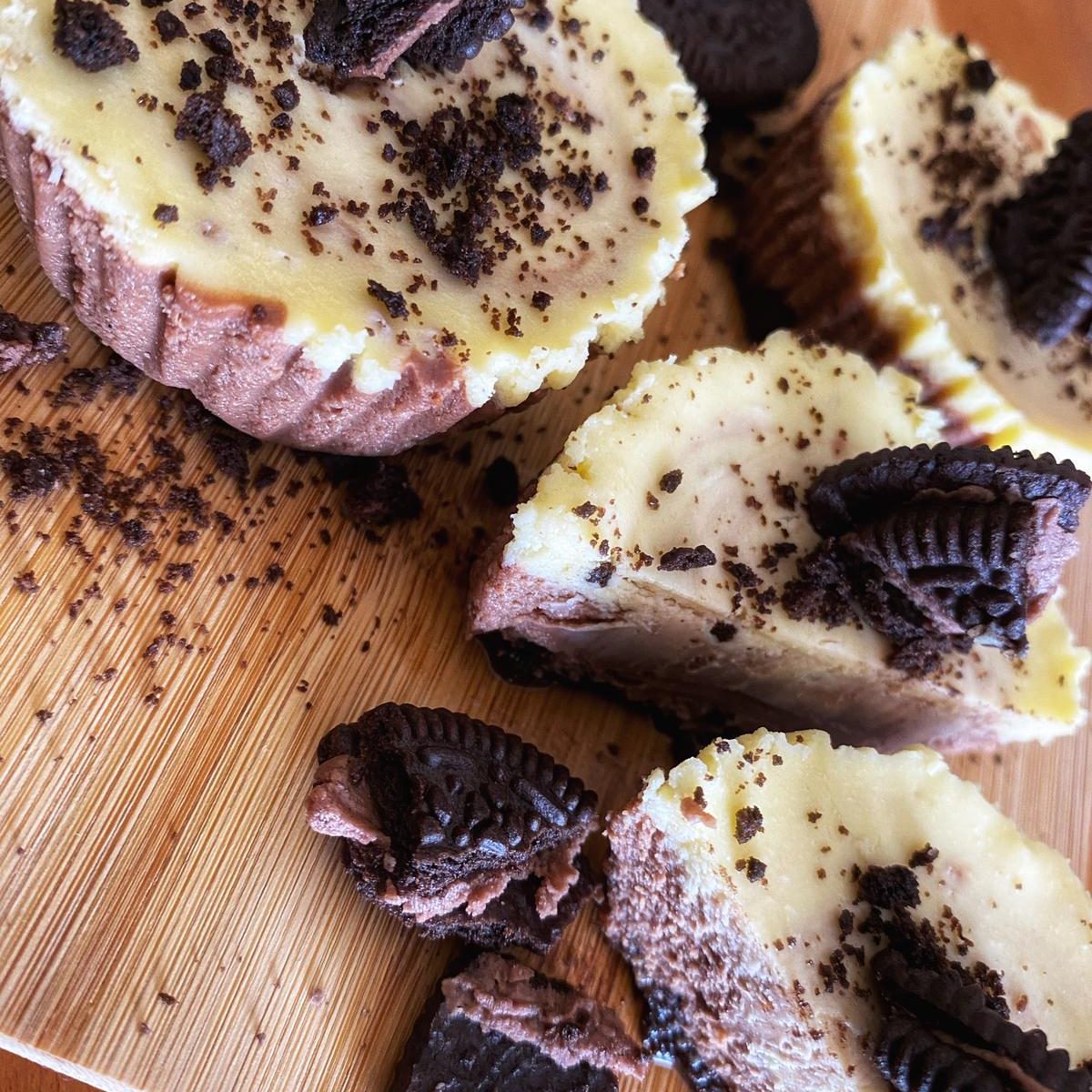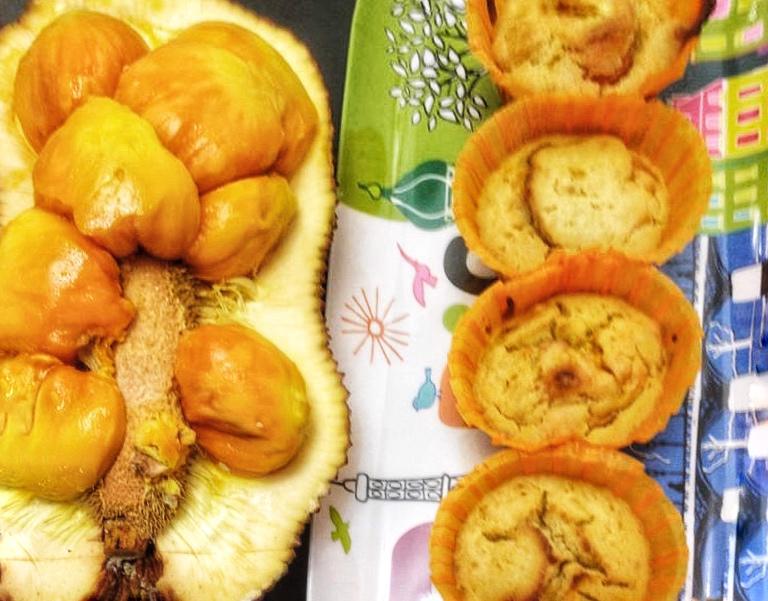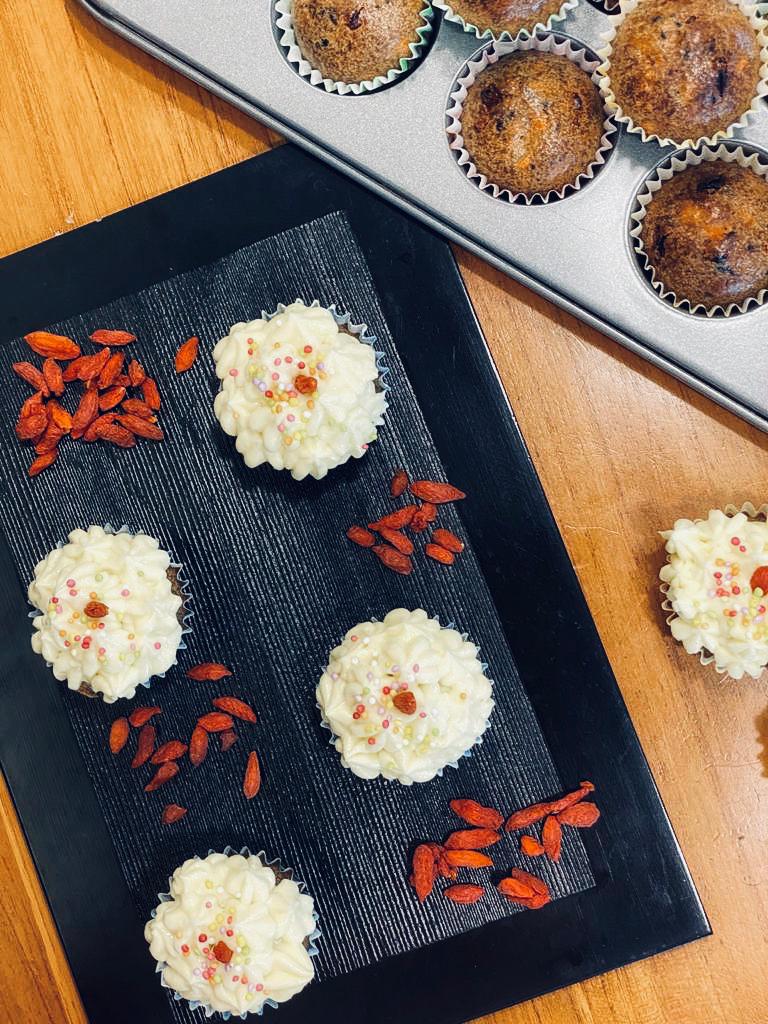Wonderfully creamy and custardly, the Basque burnt cheesecake is a crustless cheesecake baked at high heat. It has a rustic look with cracked edges and an almost burnt surface.
While the original recipe from La Viña in San Sebastián contains only 5 ingredients, there’s plenty of room to get creative. This version uses brown sugar as well as Brie for an enhanced caramelly finish. You can also add matcha powder, cocoa powder, Camembert or Blue Cheese – so simply get creative and have some fun!
What you’ll need
- 400g cream cheese, room temperature
- 50g Brie
- 80g brown sugar
- 20g caster sugar
- 3 large eggs, room temp
- 200g heavy cream (35% fat)
- 1 tbsp cornflour
- 1 tbsp all purpose flour
- 1 tsp vanilla extract
- 1 tsp lemon juice
- 1 tbsp rum
How to make it
- Line a 6” circle cake tin with 2 layers of baking paper and trimmed to have an overhanging amount of 1.5″-2″.
- Beat sugar and cream cheese together on medium until smooth and there are no more clumps. Scrape the bowl.
- Add eggs one at a time and beat on medium until smooth. Scrape the bowl again to ensure that nothing sticks to the sides for even mixing.
- Add the rum, vanilla, lemon juice, cream and beat until just mixed. Sieve the flours into the mixture and mix to ensure it’s just combined.
- Bake in convection oven at 220C/430F for at least 40 minutes, until top is dark amber and almost charred at parts but the middle is still jiggly.
- Let cool in the tin fully on a wire rack at room temperature, then place in fridge to allow the cheesecake to set. Serve cold or at room temperature.
Note: If you prefer a more runny/molten centre, bake the cheesecake at 240C/470F for 30-35 minutes.


